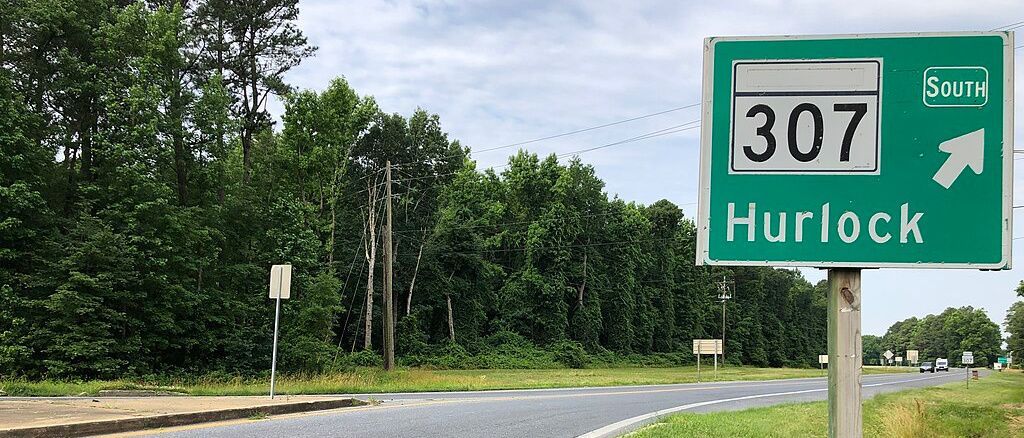How the West Was Won — With Guns and Gun Control

Americans today argue loudly and vehemently over gun rights versus gun regulations. And many gun-rights advocates believe that they are fighting against the erosion of gun rights that have existed since America began. They frequently point to the so-called Wild West era as proof of those rights and a model for how things should be.
Most of these proofs, however, are fictions and myths, not history. Dime novels, Wild West shows, and stories around the campfire have created and perpetuated images of exciting adventures in the Wild West. Movies and television have brought the action, characters, and lonely western landscapes to life for millions.
These are tales of rare and exaggerated events. Most often, the incidents never happened. For example, there were few duels when two men faced each other on a dusty, wind-swept street as frightened townsfolk raced for shelter and the shooters’ pals leaned out of windows and doors to watch. Yet the legends, movies, and magazines make it seem as if such were everyday scenarios.
Shoot outs, saloon brawls, cattle rustling, Indian wars, train robberies, and posses in pursuit of fugitives — yes, all those happened, but with far less frequency than Hollywood would have you believe. There was violence and crime in the Old West, but when and where gun laws were enforced, there was significantly less violence. Such laws were sometimes ignored or applied selectively, but that is also true today.
Many Old West towns had stricter gun (and knife) regulations than do modern ones. Policies for "open-carry” and permit-less concealed-carry by anyone are now legal in cities that prohibited such in the 1800s. And one of the main arguments for this absence of regulations is the false assertion that that’s the way it used to be.
Those pushing for fewer or no gun regulations believe the Constitution and American history support their views.
Let’s look at that claim.
The United States of America was created in 1789 when its Constitution was adopted. One of the new government’s first acts was to consider a dozen constitutional amendments, and 10 became the Bill of Rights in 1791.
The Second Amendment has become controversial in large part because of the misreading and mythologizing of history, of the Wild West. It states that:
A well-regulated Militia, being necessary to the security of a free State, the right of the people to keep and bear Arms, shall not be infringed.
When the Constitution was written, “militia” meant informal or official groups of residents organized into military units to protect their communities. Local militia units took the place of a standing army and were similar in organization and function to today’s National Guard.
A major problem now is that hard-core proponents of “no-gun-laws-at-all” refuse to account for the phrase, “a well-regulated militia.”
Supreme Court decisions in the 1800s stated that the right of citizens to bear arms did not prevent state and local government from imposing reasonable rules on where, when, and how firearms could be used (i.e., “well-regulated”).
What were typical gun laws in the Old West?
Openly carrying guns and knives in most populated areas was generally illegal.
In Tombstone, Arizona, for example, in the 1880s, no one — not residents or visitors — was allowed to carry a weapon. Visitors were required to turn their guns in at the local police station or another designated location, such as a hotel. Upon leaving, their weapon was returned. Abilene, Deadwood, and Dodge City had similar laws.
In 1878, when Dodge City, Kansas, was incorporated, the first city law banned the carrying of guns in town.
Even before the Wild West era, many Eastern and Southern states enacted strict gun control laws. In 1812, Louisiana and Kentucky outlawed concealed weapons. Soon after that, carrying concealed weapons became a frequent cause for arrest, along with drunkenness and disorderly conduct.
Granted, there was much lawlessness and violence in new or transient frontier towns with many single men. However, despite dime-novel legends and glamorized Hollywood movies, many towns had stricter gun laws than today, and those that enforced strong gun-control had less violence and crime than those without.
While there were only a few Supreme Court cases concerning the Second Amendment in the 1800s, its decisions almost always supported the right of federal, state, and local governments to regulate firearms. This was true for most of the gun-related court decisions during the 1900s as well.
It is only in recent decades that the Supreme Court has tended to rule against gun-control legislation. Even now, there are gun restrictions which recent Supreme Court decisions have declared valid or declined to review — thus leaving those gun restrictions on the books.
Under the Second Amendment, is it constitutional for a citizen to “bear arms” without being a member of “a well-regulated miitia”? The answer has yet to be found for this practical, commonsense question, but needs to be, quickly.
Sources and More Information:
Pierre M. Atlas, “American gun culture is based on frontier mythology – but ignores how common gun restrictions were in the Old West,” June 29, 2022, The Conversation.
History.com editors, “All Amendments to the US Constitution,” July 17, 2023.
https://www.history.com/topics/united-states-constitution/amendments-us-constitution
Matt Jancer, “Gun Control Is as Old as the Old West,” February 5, 2018, Smithsonian Magazine.
https://www.smithsonianmag.com/history/gun-control-old-west-180968013/
Greg Price, “Second Amendment History: Biggest Supreme Court Cases to Affect Gun Control,” March 27, 2018, Newsweek. https://www.newsweek.com/scotus-second-amendment-cases-gun-control-861959
Marshall Trimble, “Did Most Old West Towns Have ‘No Carry. Gun Laws?” True West Magazine, Jan 5, 2018.
https://truewestmagazine.com/article/did-most-old-west-towns-have-no-carry-gun-laws/
Adam Winkler, Gunfight: The Battle Over the Right to Bear Arms in America, W. W. Norton & Company, 2011.
Jane Jewell is a writer, editor, photographer, and teacher. She has worked in news, publishing, and as the director of a national writer's group. She lives in Chestertown with her husband Peter Heck, a ginger cat named Riley, and a lot of books.
Common Sense for the Eastern Shore







